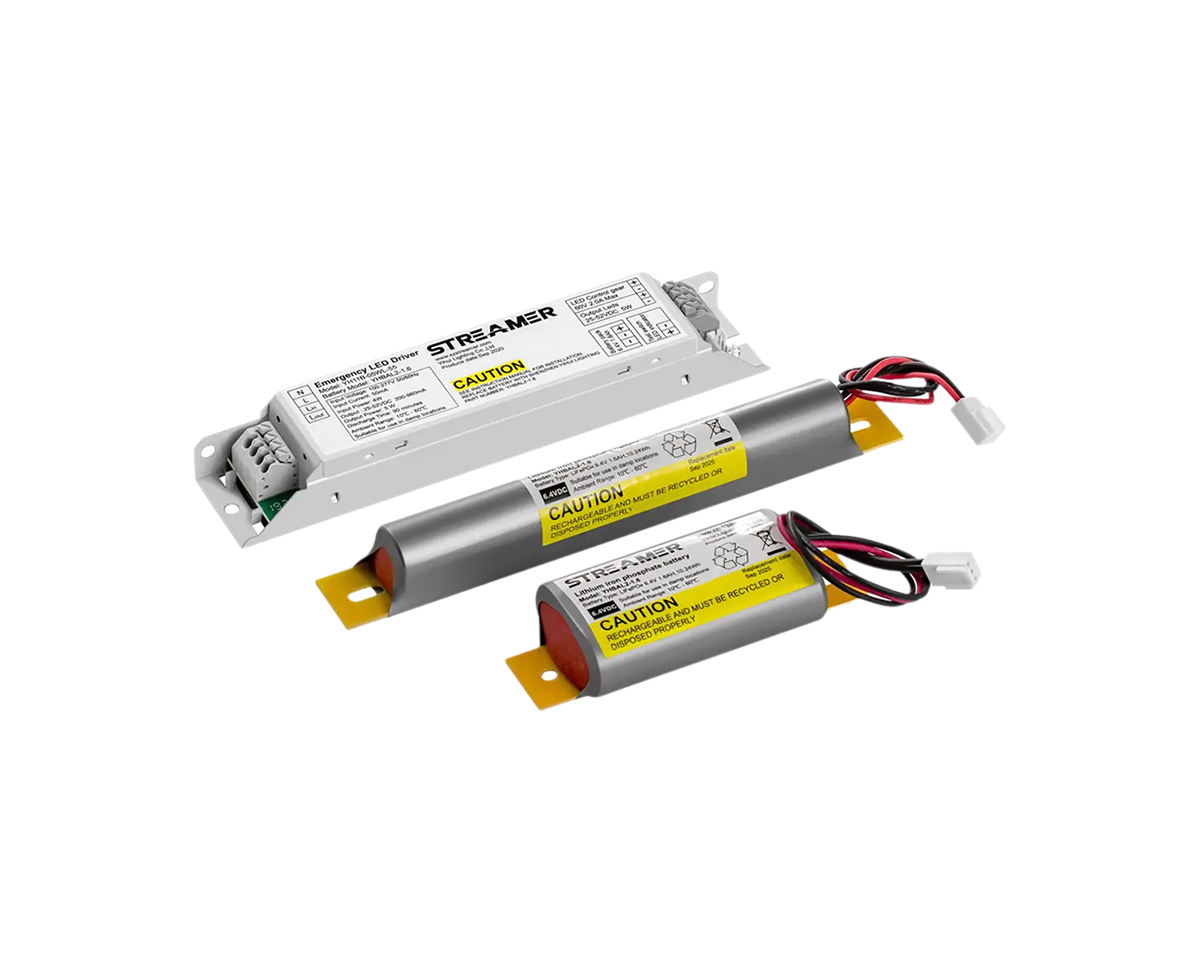 1
1
 Apr 04, 2025
Apr 04, 2025

LED emergency drivers play a pivotal role in ensuring the continuous operation of LED lighting systems during power outages. One of the crucial aspects of their performance is strain resistance. In various installation scenarios, these drivers may be subjected to mechanical strains, such as vibrations from nearby machinery in industrial settings or the constant movement of buildings in seismic - prone areas.
To enhance strain resistance, manufacturers often use high - quality materials in the construction of LED emergency drivers. The circuit boards are designed with reinforced traces and components that can withstand physical stress. For example, surface - mount components are preferred over through - hole components in some cases, as they offer better resistance to vibrations. Additionally, shock - absorbing materials may be incorporated into the driver's enclosure to minimize the impact of external forces.
In terms of electrical strain, LED emergency drivers need to handle voltage fluctuations and surges. Power grids are not always stable, and sudden changes in voltage can put stress on the driver's components. Advanced LED emergency drivers are equipped with voltage regulation circuits. These circuits can detect changes in input voltage and adjust the output accordingly to protect the LEDs and ensure consistent performance. Over - voltage protection and under - voltage protection mechanisms are also commonly integrated. In case of an over - voltage event, the driver can quickly cut off the power supply to prevent damage to the LEDs and other sensitive components. Similarly, under - voltage protection ensures that the driver does not operate under sub - optimal conditions, which could lead to reduced performance or premature failure.
Moreover, thermal strains can also affect LED emergency drivers. Continuous operation can generate heat, and if not properly managed, it can cause components to expand and contract, leading to mechanical stress and potential failure. Efficient heat - dissipation designs, such as heat sinks and ventilation holes in the enclosure, are implemented to keep the driver's temperature within a safe range. By effectively dealing with mechanical, electrical, and thermal strains, LED emergency drivers can maintain their reliability and functionality, ensuring that LED lighting systems can serve as a reliable source of emergency illumination.